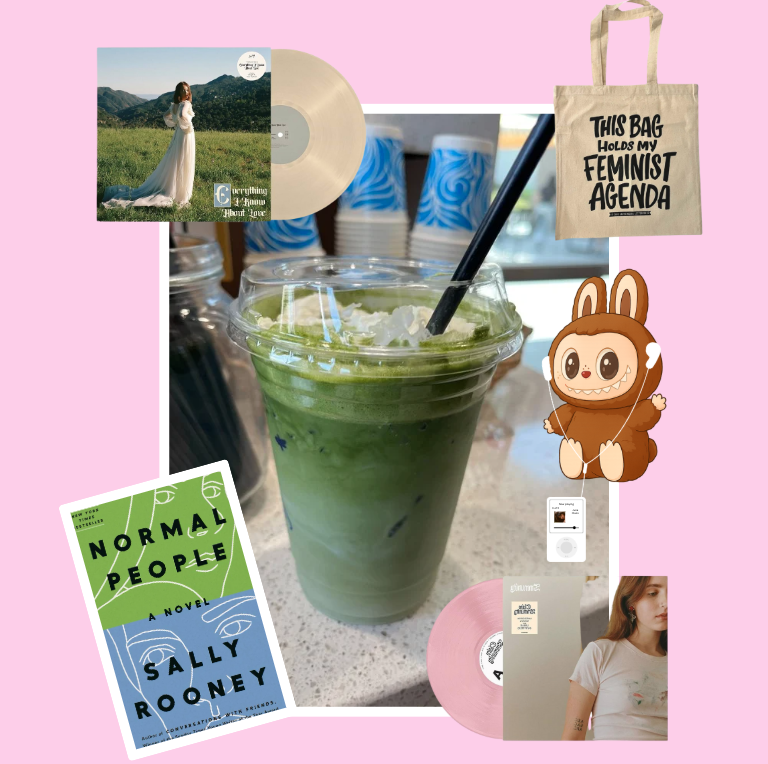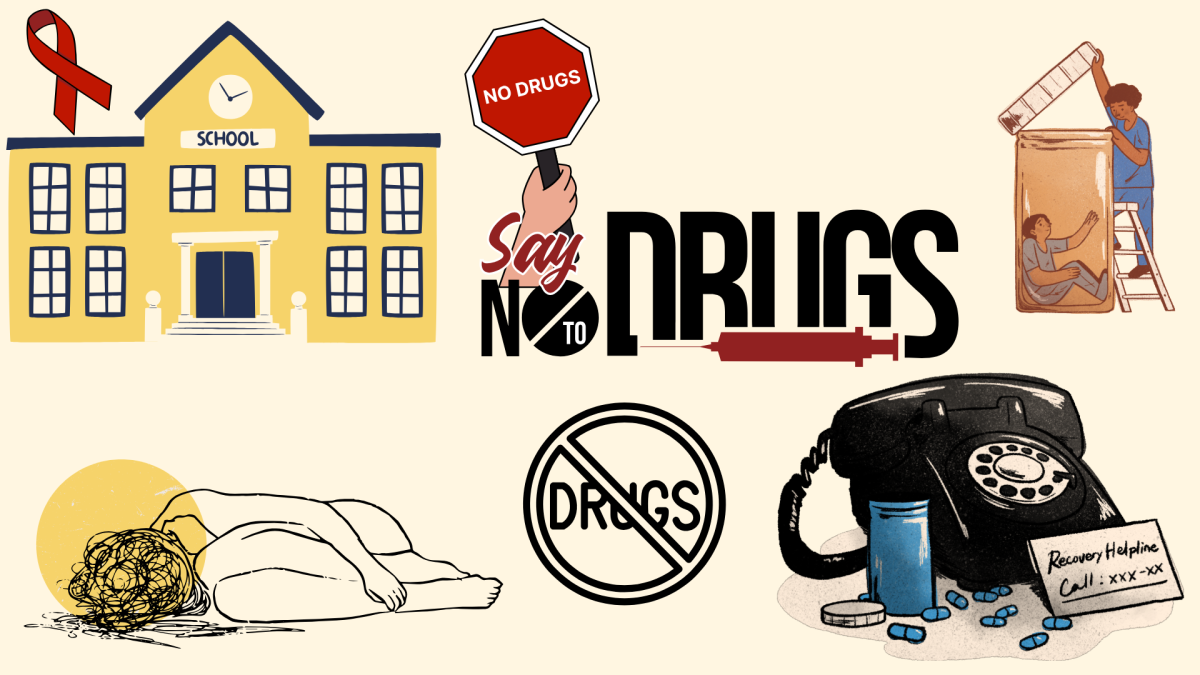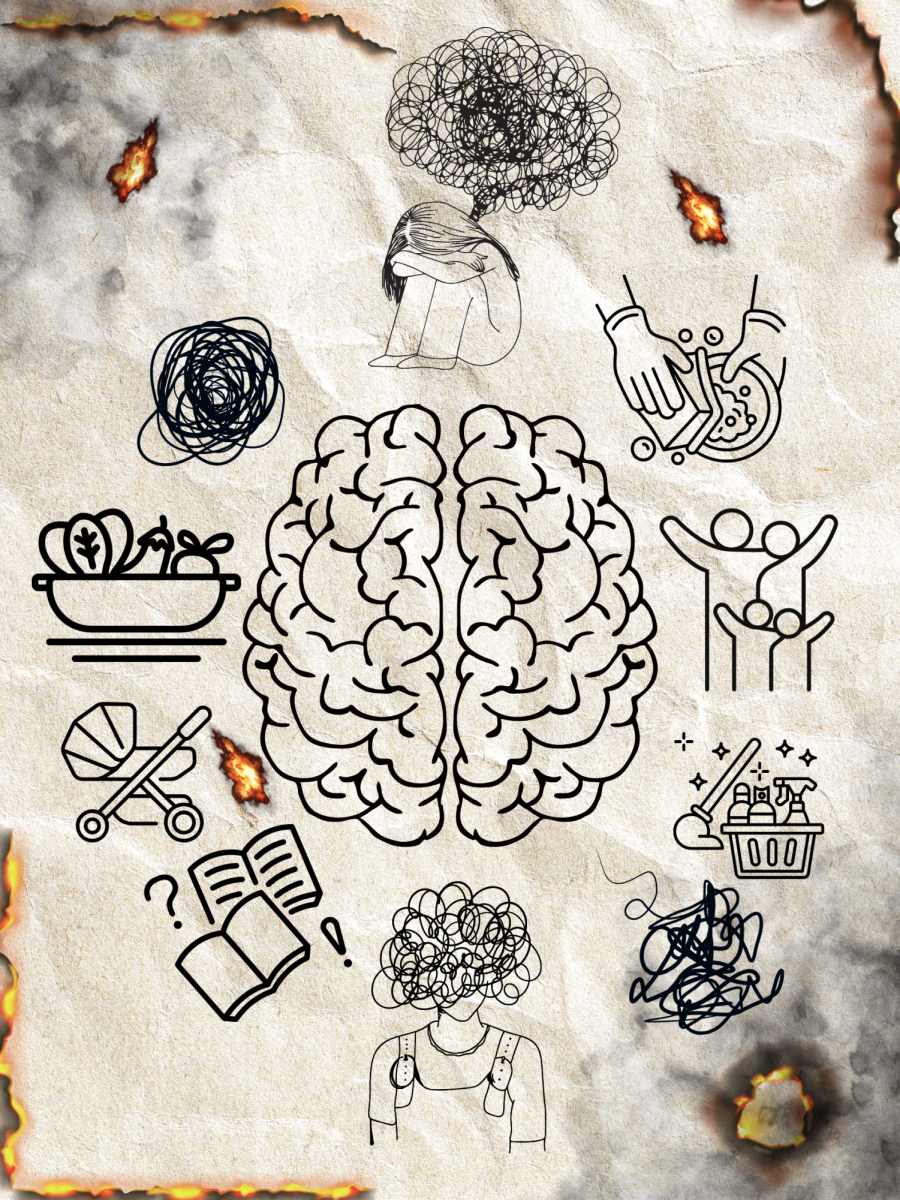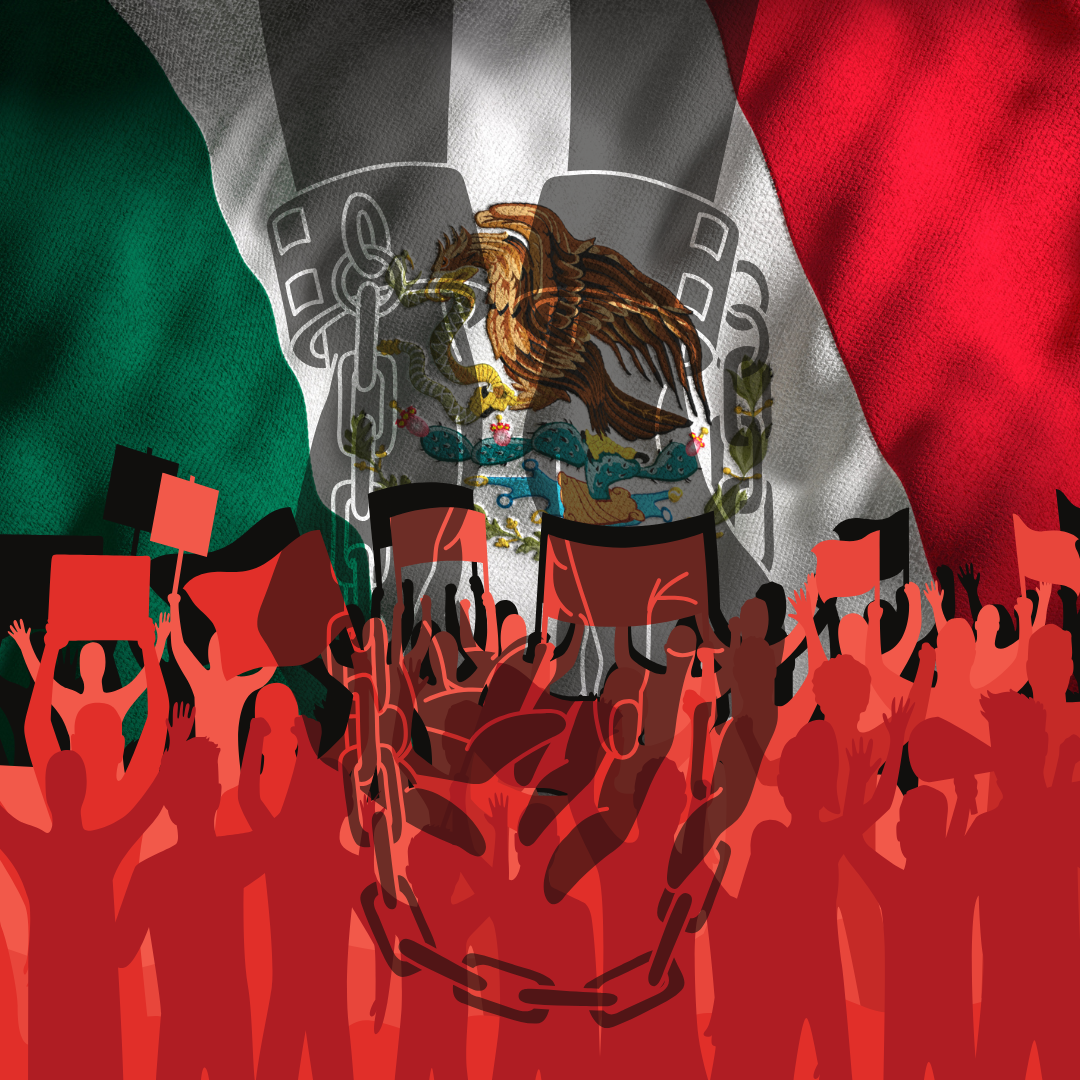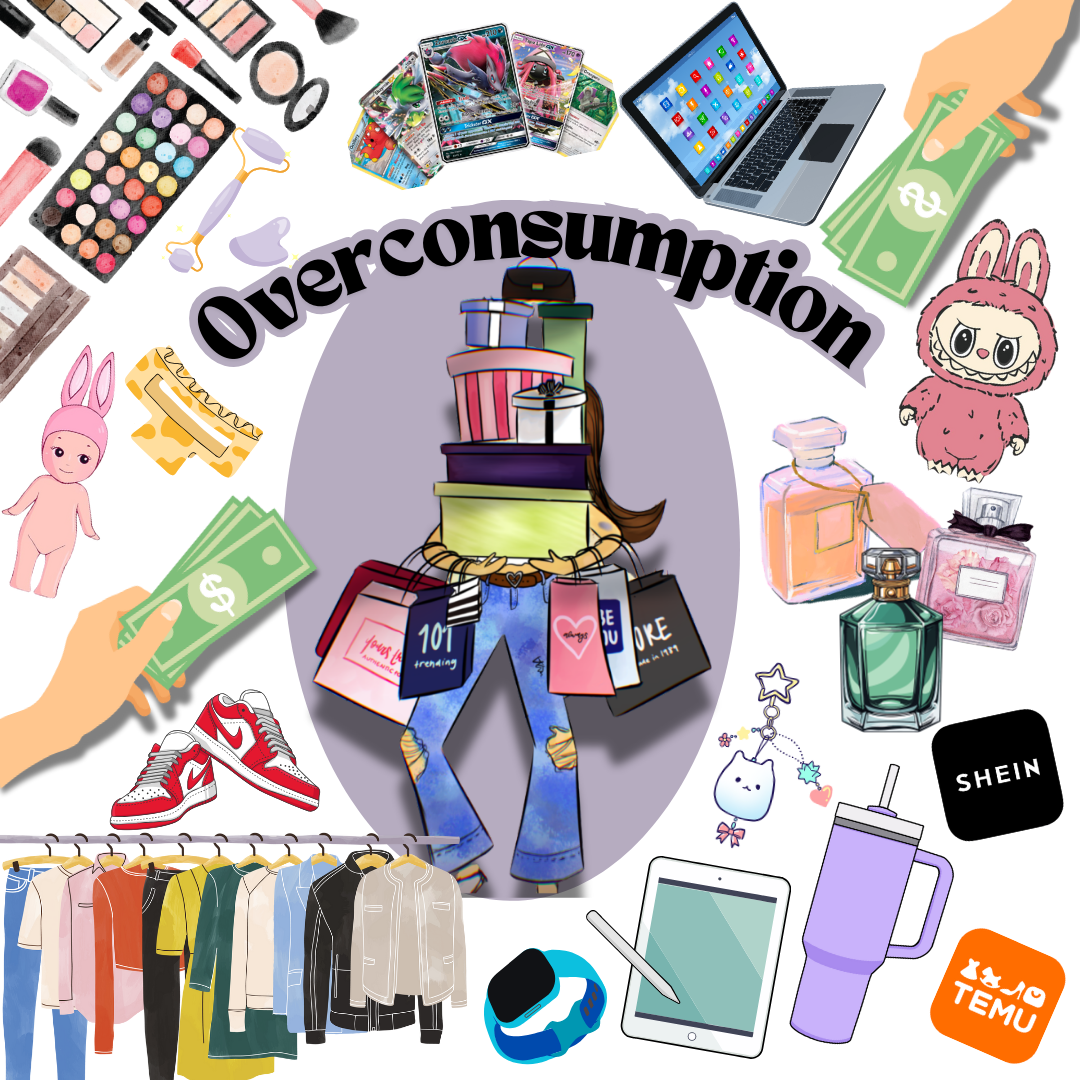Environmental impact, waste and sustainability, overconsumption, seasonal consumerism. Torn wrapping paper, costumes, plastic pumpkins and enough food to feed a family are all tossed in the trash. The sparkling lights and pretty ornaments of the holidays quickly become the bitter aftertaste of celebration — disposed of and destined to pollute the environment. Festivities are approaching, and the seasonal goods often purchased mask a startling truth: The average American produces 25% more waste during this time of year.
With many holidays around the corner, it can be easy to overlook the environmental impact of our traditions. Overconsumption is often normalized in our society, causing it to go unnoticed. Purchasing numerous single-use decorations and stocking up on wrapping paper are all just part of the anticipation leading up to the holidays. What we don’t realize or pay attention to is how quickly these items are discarded.
Within minutes, torn gift wrap and large amounts of plastic packaging end up in trash bags. All of this seems normal to us — it’s just part of another holiday. However, overconsumption culture has more than one consequence. What feels like the joyful abundance of special occasions becomes a problem for us and our environment, lingering long after the season is over.
Store-bought Halloween costumes are often made out of nonrecyclable plastics. The cheap, fragile materials used to manufacture the clothing make them difficult to reuse, leaving buyers to throw the costumes away. Halloween costumes are just one of many products of this type.
Once discarded, holiday merchandise can take many years to break down. In reality, it never fully leaves our environment.
Items such as Halloween costumes, candy wrappers, and other decorations are often made from inexpensive materials with the goal of being sold in excessive amounts for a lower price. Although consumers feel like they get more for the price of less, these items can come with a higher cost.
Holiday paraphernalia is often composed of various poor-quality materials, such as acrylic, polyester, nylon and oil-based plastics. Such materials, even after taking hundreds of years to decompose, break down into microplastics, which can become airborne and have a detrimental effect on an person’s health.
These same cheap materials can also contain harmful chemicals, including BPA, PFAS, lead and others. Exposure to these chemicals has been known to increase the risk of health complications such as infertility, heart problems, liver issues, and even cancer.
Apart from the physical waste, one study concludes that the use of household goods and services is responsible for 70% of greenhouse gas emissions globally. The excessive production of such merchandise also contributes to the ongoing threat of global warming and climate change, which can affect all of us.
With the excitement for the season, it’s important to consider the consequences of our purchases. We should be mindful of what we buy — and how much of it. Holidays are meant to create lasting memories, not lasting waste or damage to ourselves or the world we live in.
Health complications, pollution, and the threat of global warming are not a price worth paying for an excessive amount of cheap holiday decor. The joy of the season should not come at the expense of the planet or our well-being.




